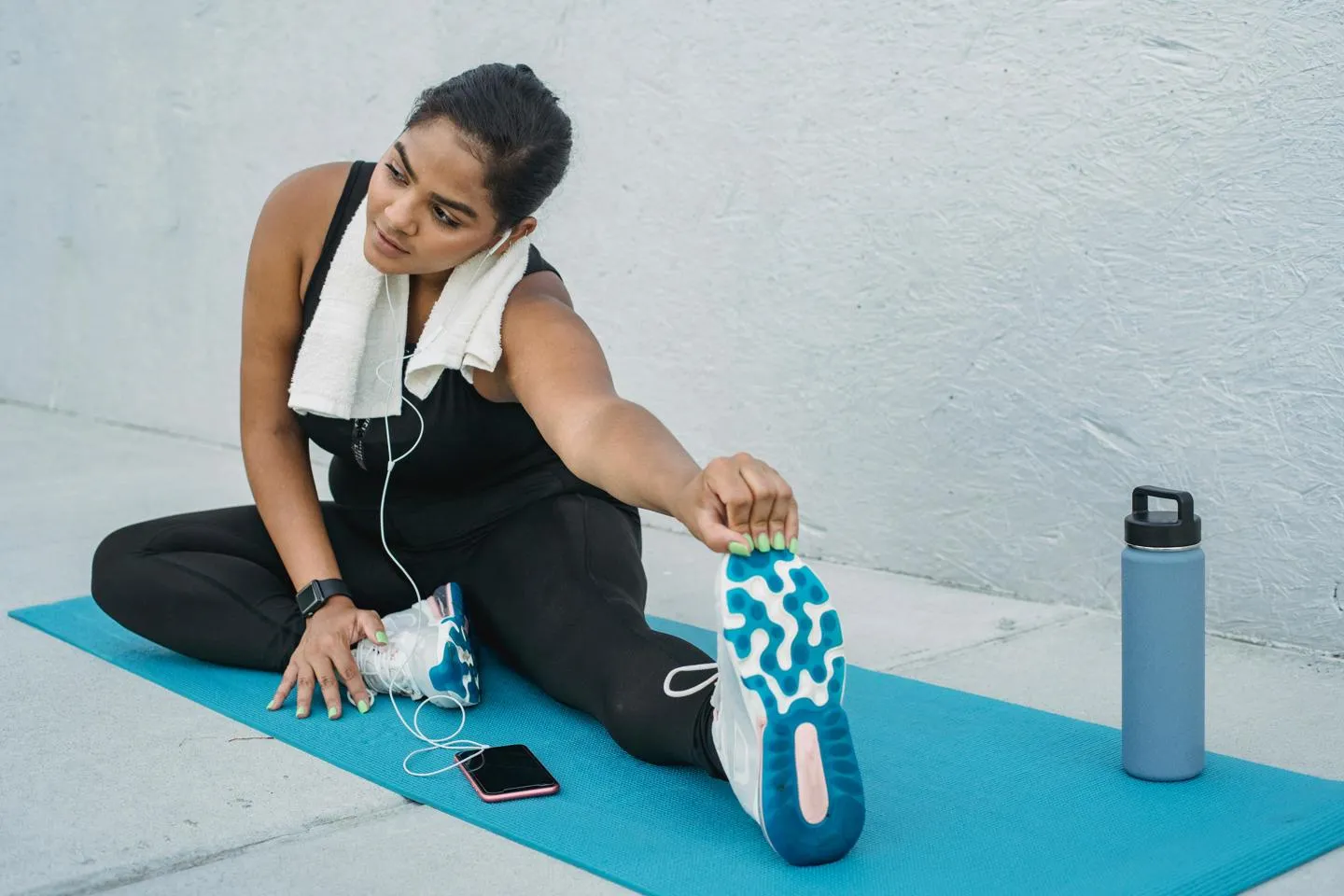Smartwatches Enhance Home Exercise for Type 2 Diabetes Patients
A recent study published in BMJ Open highlights the potential of wearable technology to support individuals with Type 2 Diabetes (T2D) in adhering to exercise routines. Researchers from the University of Birmingham and other institutions found that using smartwatches can significantly improve the consistency of physical activity among those managing their condition.

Individuals participating in home-based physical activity programs experienced better outcomes when using a smartwatch connected to a health application on their smartphone.
The study closely monitored participants newly diagnosed with T2D in Canada and the United Kingdom who were part of home-based physical activity programs. A subset of these participants utilized smartwatches paired with health apps on their smartphones to support their exercise endeavors. The MOTIVATE-T2D program, as it was named, showed that participants supported by wearable technology were more likely to initiate and sustain regular exercise.
The trial included 125 participants and maintained an 82% retention rate over 12 months. The research also revealed several potential clinical advantages, including improved blood sugar levels and reduced systolic blood pressure.
“Our findings support the feasibility of the MOTIVATE-T2D intervention – paving the way for a full-scale randomized controlled trial to further investigate its clinical and cost-effectiveness,” stated Dr. Katie Hesketh, a co-author of the study from the University of Birmingham.
Dr. Hesketh further explained, “We found that using biometrics from wearable technologies offered great promise for encouraging people with newly diagnosed T2D to maintain a home-delivered, personalized exercise program with all the associated health benefits.”
Beyond enhanced blood sugar and systolic blood pressure control, the program may also help lower cholesterol and improve overall quality of life, according to the research. Participants were encouraged to gradually increase their moderate-to-vigorous intensity exercise, with a target of 150 minutes per week within six months. This regimen was supported by a virtual, exercise specialist-led behavioral counseling service.
MOTIVATE-T2D utilized biofeedback and data sharing to create customized physical activity plans. The wearable technology comprised a smartwatch with a 3D accelerometer and an optical heart rate monitor, which synced with an online coaching platform for exercise specialists and a web/smartphone app for the participants.
“The program offered a variety of workouts, including cardio and strength training, that could be done without the need for a gym. Its goal is to make exercise a sustainable part of daily life for people with Type 2 Diabetes, ultimately improving their physical and mental health,” Dr. Hesketh added.
The feasibility trial targeted individuals aged 40-75 years who had been diagnosed with T2D within the last 5-24 months and were managing their condition through lifestyle modifications or Metformin.
Rob Andrews, Associate Professor of Diabetes at the University of Exeter, emphasized the importance of exercise in managing Type 2 diabetes, noting how it enhances blood glucose control, supports weight management, and improves mental well-being while reducing the risk of diabetes-related complications.
Andrews continued, “However, only one-third of individuals with Type 2 diabetes engage in sufficient exercise to achieve these benefits. For the first time, our research provides compelling evidence that wearable technology offers a practical and effective solution to increase physical activity levels, potentially transforming health outcomes for people with Type 2 diabetes.”


